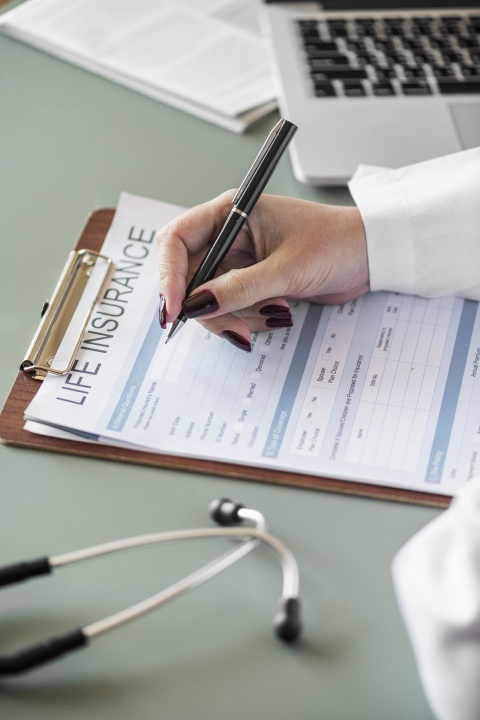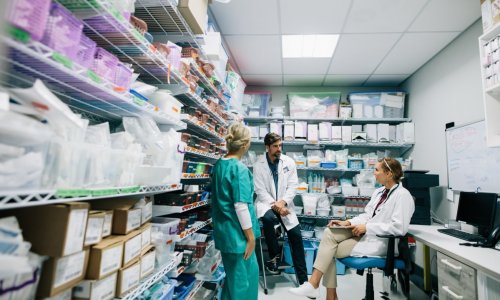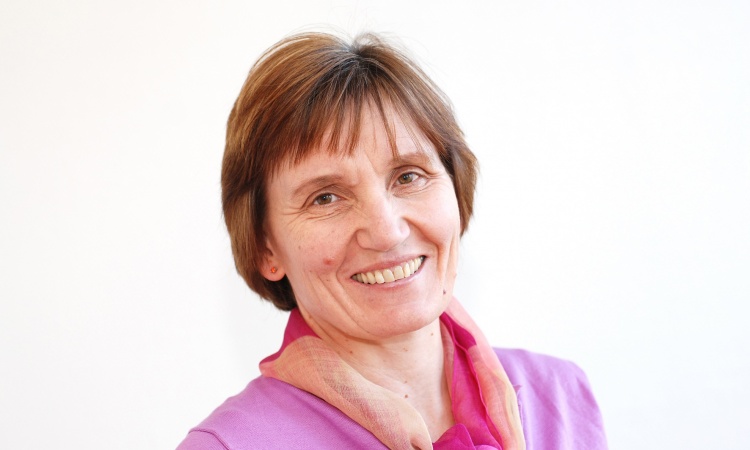News • Counting the cost
New model to calculate breast cancer survivors’ risk of death
As early detection and treatment of breast cancer improves, more and more women are surviving the disease. However, they still face challenges, which include determining the moment when it might be reasonable to state they are “cured” of the disease, and obtaining life insurance.
“In the Netherlands, most applications for life insurance are accepted, but not for cancer survivors. A lot of former breast cancer patients are rejected for life insurance or subjected to higher insurance premiums,” said Ms Marissa van Maaren, a researcher at the Netherlands Comprehensive Cancer Organisation (Utrecht, The Netherlands), at the 11th European Breast Cancer Conference. “Others might not even apply for life insurance because they might think they do not have a chance of being accepted. Former cancer patients in other countries may face similar problems.

“At the request of the Dutch Association of Insurers and the Dutch Federation of Cancerpatient Organisations (NFK), we have created a model for predicting the extra risk of death of breast cancer patients and survivors for up to ten years after their diagnosis. Importantly, this model takes into account that survival rates improve as each year passes by. This should provide patients and their clinicians with increased insight into their prognosis, and medical advisors with a more reliable basis on which to make their decisions.”
Ms van Maaren and her colleagues matched 23,234 women diagnosed with breast cancer in 2005 and 2006 with the general Dutch population. Information on the patients, including age, year of diagnosis and stage of breast cancer, was taken from the Netherlands Cancer Registry. There were 10,101 women diagnosed with stage I cancer, 9,868 with stage II and 3,265 with stage III. “We were interested in the excess risk of death for breast cancer survivors, so the risk of death in the patient population minus the risk of death in the general Dutch population. We also wanted to take into account the number of years survived after diagnosis,” she explained. Then she built 30 models, ten for each of the three stages of breast cancer for each year of survival after diagnosis up to ten years. The models were adjusted to take account of important prognostic factors that might influence the risk of death, such as type of breast cancer, whether or not the cancer had spread to lymph nodes, age at diagnosis, type of surgery, and if treatments such as radiotherapy, chemotherapy, hormone therapy and other targeted treatments were used. “All the separate models were integrated into one model that, for every stage of disease, shows the extra risk of death in the first ten years compared to the general Dutch population, conditional on the number of years survived after diagnosis,” she said.
This could result in lower premiums as the years go by, although the exact premium may vary depending on the insurance company
Marissa van Maaren
To give an example, the model can show that a particular patient with certain characteristics who applies for life insurance two years after diagnosis might have a 5.8% extra risk of dying within ten years compared to the general Dutch population, but if she applies five years after diagnosis her risk may be reduced to 4.2% and after nine years it may be 0.6%. “This could result in lower premiums as the years go by, although the exact premium may vary depending on the insurance company,” said Ms van Maaren. “It’s also important to bear in mind that treatments for breast cancer have improved a lot since 2005 to 2006 when these women were diagnosed.”
The researchers tested the accuracy of the 30 underlying models and found that they had a reasonable to good ability to predict the outcome and to discriminate between the risk of dying or staying alive. In addition, validation on an external population showed similar outcomes. Now, Dutch insurance companies are testing the newly-developed model, comparing its results with those from old data, and calculating how it might affect whether or not someone is accepted for life insurance and the effect on their premiums. Then it will be discussed with all patient organisations and working groups involved in the project, and when everyone agrees that the model is valid enough to use, it could be implemented.

As the model is based on the Dutch population, other countries would need to validate it against their own populations before it could be used. “However, we do not expect that the extra death rates, in other words the difference between breast cancer survivors and the general population, will be very different,” said Ms van Maaren. “Currently, insurance companies in The Netherlands are using international data to assess breast cancer patients’ and survivors’ risk of dying, which may not be specifically targeted at the Dutch population. In addition, every insurance company is free to use other information on which to base their decision. We think it is unjustified to reject patients based on data that may not predict the risk for a Dutch breast cancer patient or survivor correctly. At present, the life insurance application process is not transparent and this results in a lot of uncertainty and incomprehension among breast cancer patients and survivors. We hope insurance companies will use this model and be more transparent with patients regarding the outcome of their life insurance applications.” She said the model could support decisions made by clinicians, insurance companies and patients but would not automate the process. “Clinicians and insurance companies take account of a number of other variables not included in this model, such as the presence of other diseases and conditions. But it could provide clinicians with a basis on which to deem a patient cured of the disease, and insurance companies have a more reliable basis for their life insurance application process that is based on more recent Dutch clinical data,” she concluded.
Co-chair of the European Breast Cancer Conference, Professor Isabel Rubio, director of the Breast Surgical Unit at Clinica Universidad de Navarra (Spain), who was not involved with the research, commented: “This is an interesting study; however, it is just based on the Dutch population and would need to be re-worked for populations in other countries. It does appear to be a useful tool that might help former patients lead more normal lives and caregivers could use this information to better inform survivors about their actual prognosis.”
Source: European Breast Cancer Conference
22.03.2018











